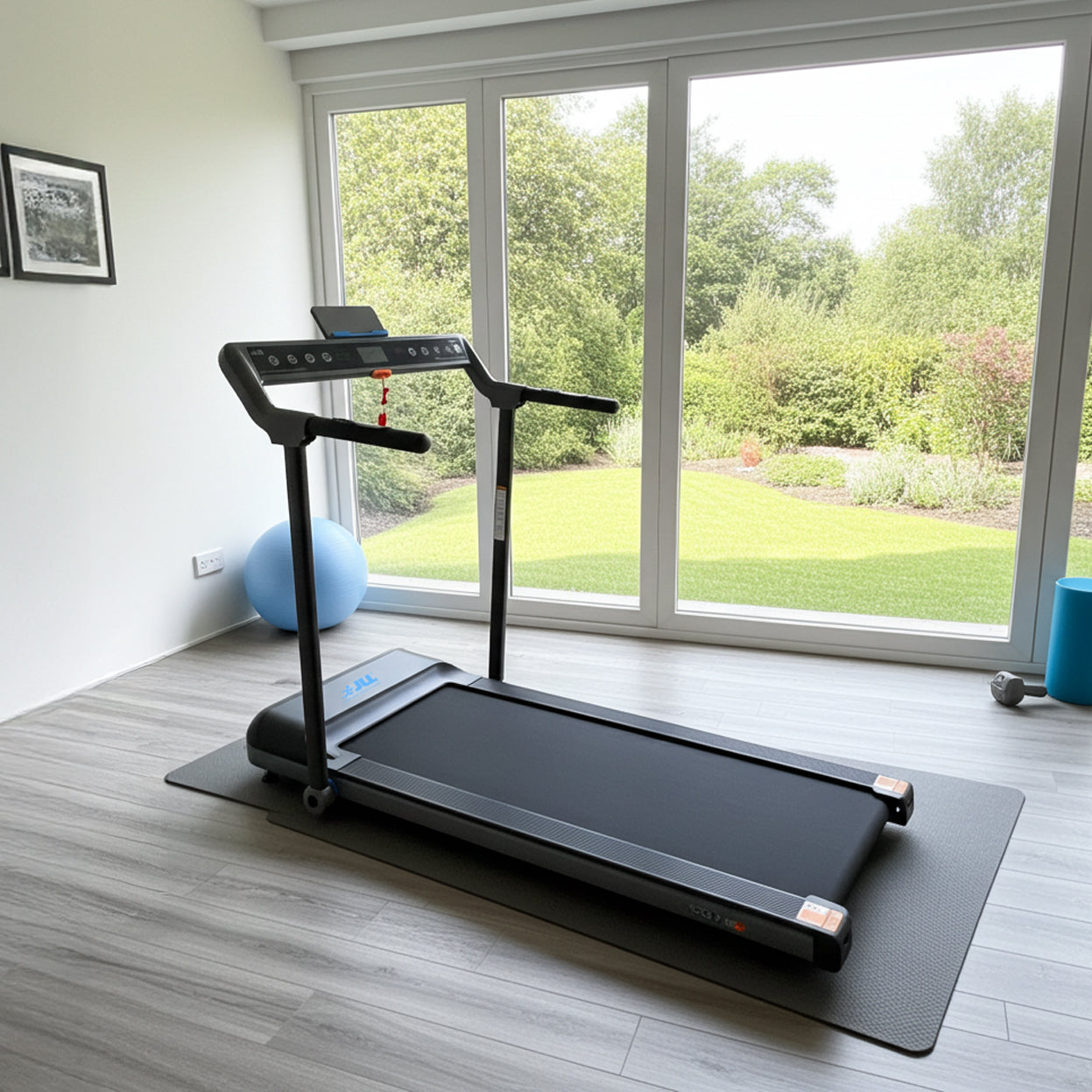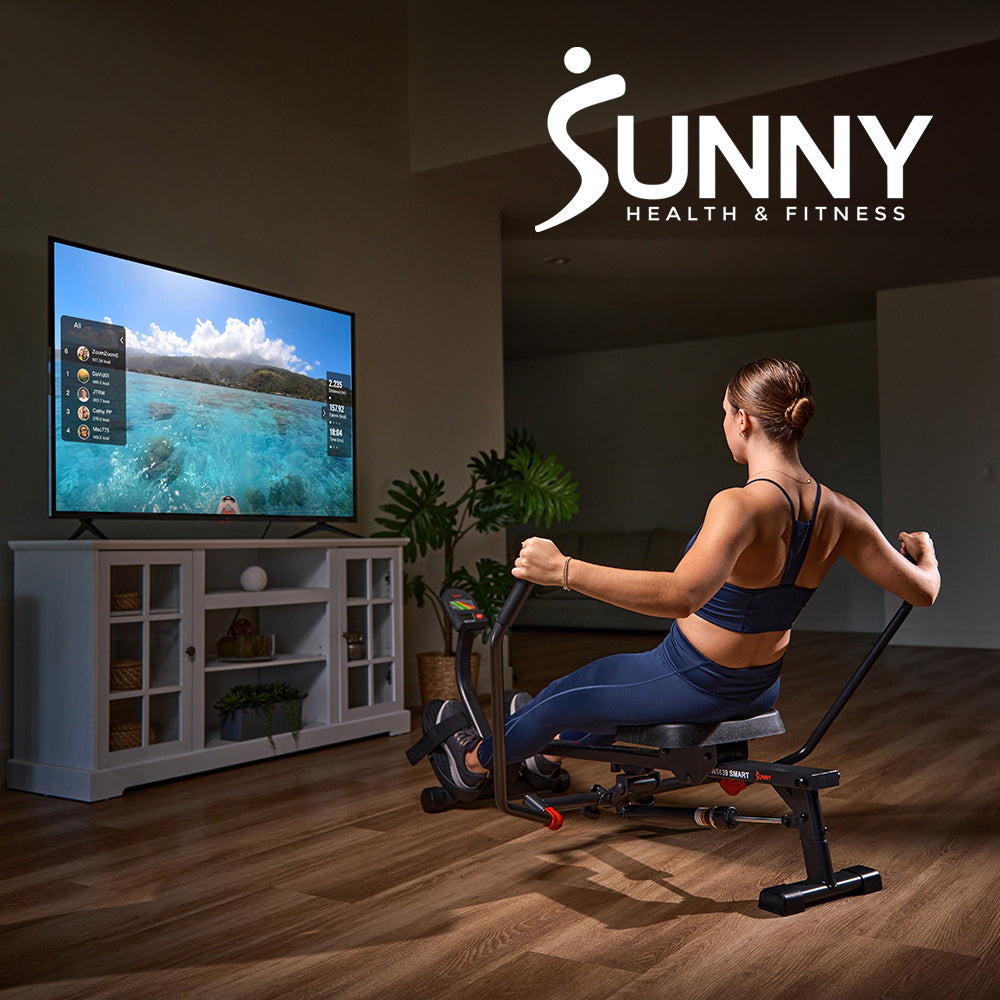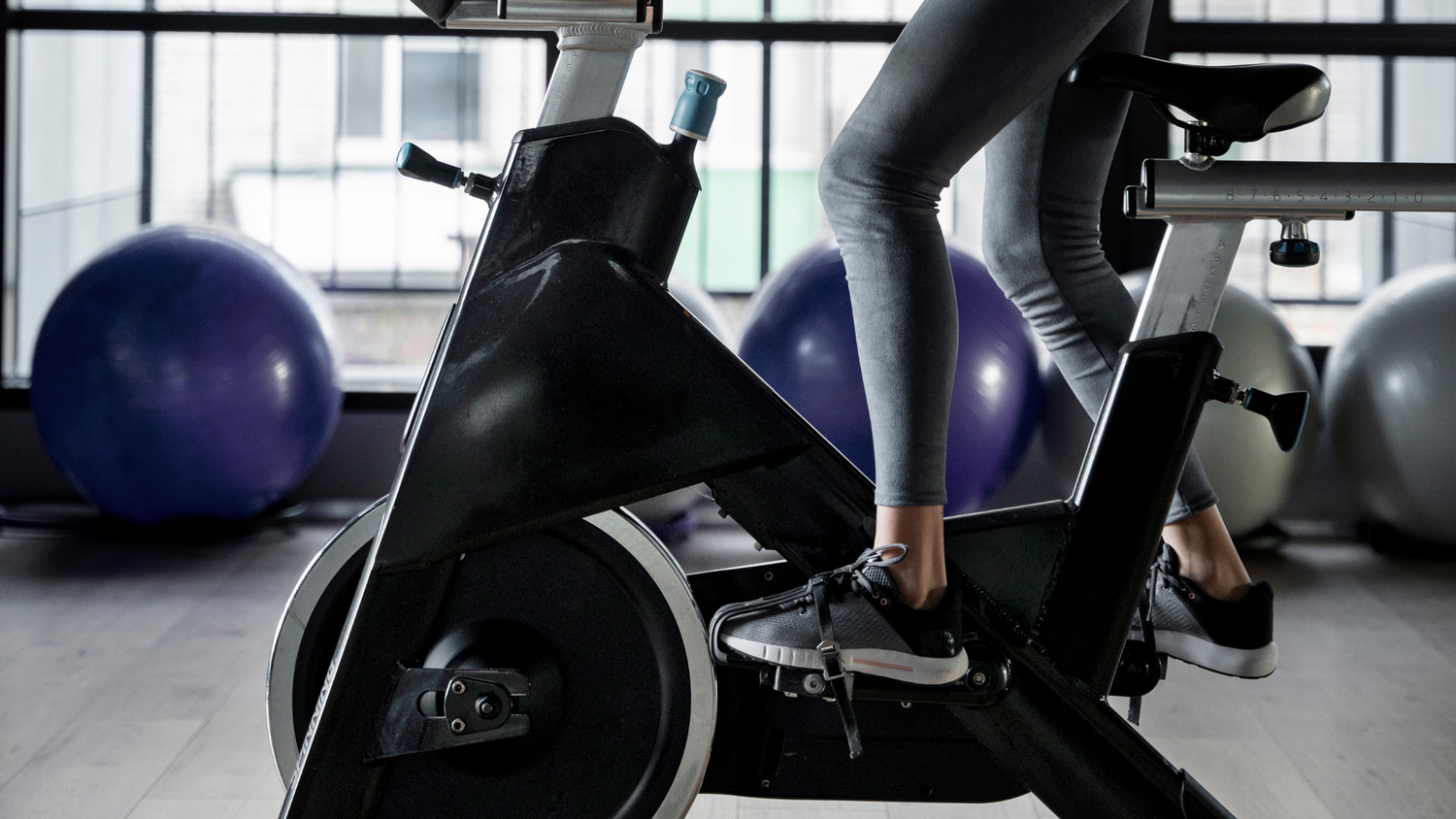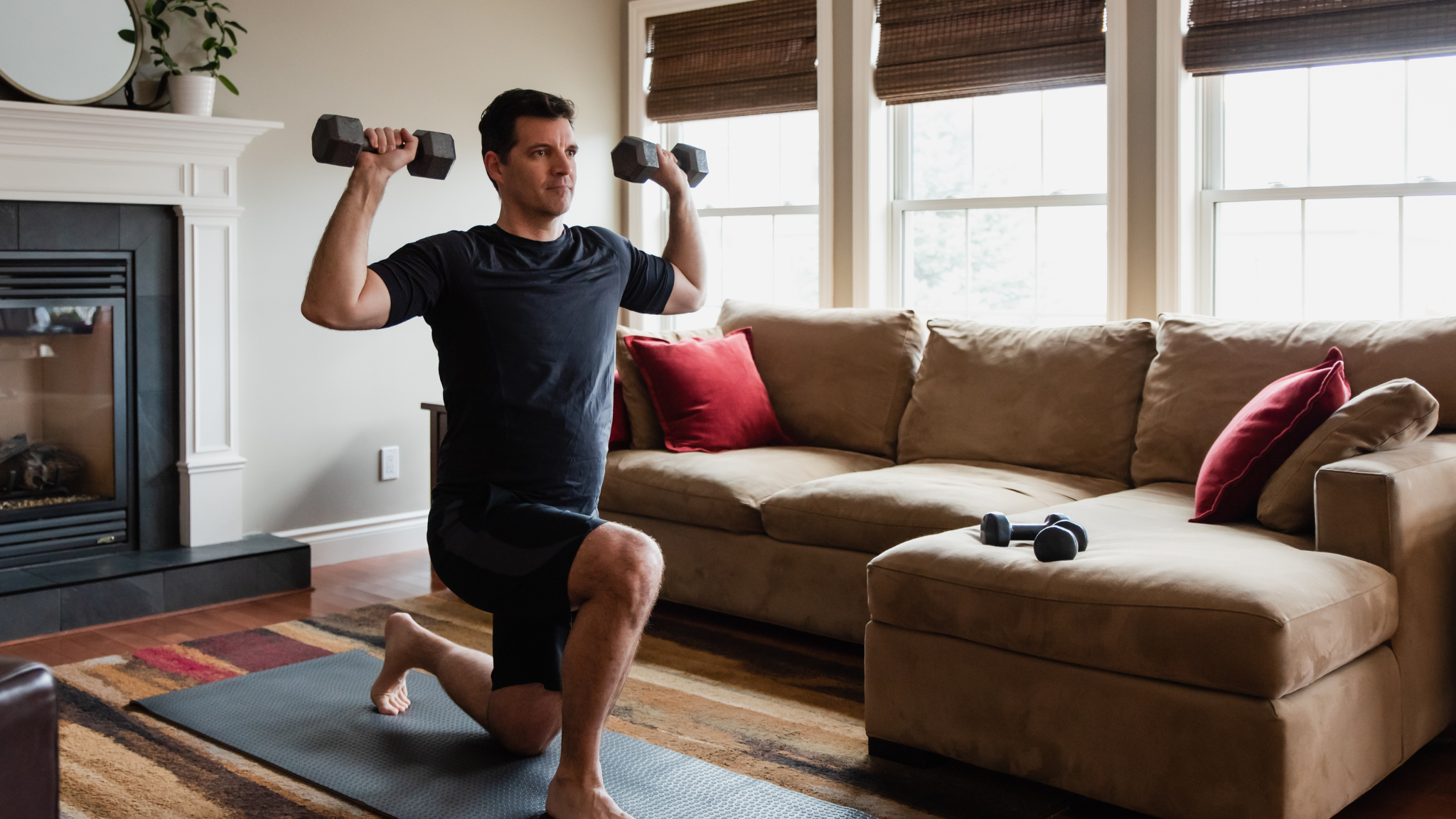Setting up your indoor cycle correctly is essential for comfort, performance, and injury prevention. Here’s a step-by-step guide to getting it right:
1. Adjust the Seat Height
How to set it:
Stand next to the bike and raise the saddle so it’s about hip height.
Fine-tune it:
When you sit on the saddle with your heel on the pedal (pedal at the lowest point), your leg should be straight. When you ride with the ball of your foot on the pedal, your knee should have a slight bend (~25–35 degrees).
2. Set the Saddle Fore-Aft Position
How to set it:
Sit on the saddle with the pedals level (3 o'clock and 9 o'clock). Drop a plumb line (or string with a weight) from the front of your kneecap. It should hang over the centre of the pedal axle.
Fine-tune it:
Adjust the saddle forward or back until this alignment is right. This balances the pressure between the knees and the hips.
3. Adjust the Handlebar Height
How to set it:
Start with handlebars level with the saddle or slightly higher.
Customise it:
Higher bars: Easier on the back and wrists, ideal for beginners or those with limited flexibility.
Lower bars: More aggressive, aerodynamic position for experienced riders.
4. Set the Handlebar Reach (Fore-Aft)
How to set it:
When your hands are on the bars, your elbows should have a slight bend, and your back should be at about a 45-degree angle.
Test:
You shouldn’t feel overstretched or cramped. You should be able to reach the bars comfortably without shifting in the saddle.

5. Foot and Pedal Position
If using clip-in pedals:
Align the cleats so the ball of your foot is over the pedal axle.
Make sure your feet feel straight and not twisted.
If using toe cages or flat pedals:
Place the ball of your foot over the centre of the pedal.
6. Check and Ride
Test your setup with a few minutes of pedalling.
Look for signs of discomfort: knee pain, back strain, numb hands, etc. Make small adjustments accordingly.
Pro Tips
· Recheck your settings every few weeks or after long breaks.
· Mark your adjustments with tape or a marker if you share your bike.
· Use a mirror or record a short video of yourself riding to check posture and form.









Leave a comment
All comments are moderated before being published.
This site is protected by hCaptcha and the hCaptcha Privacy Policy and Terms of Service apply.